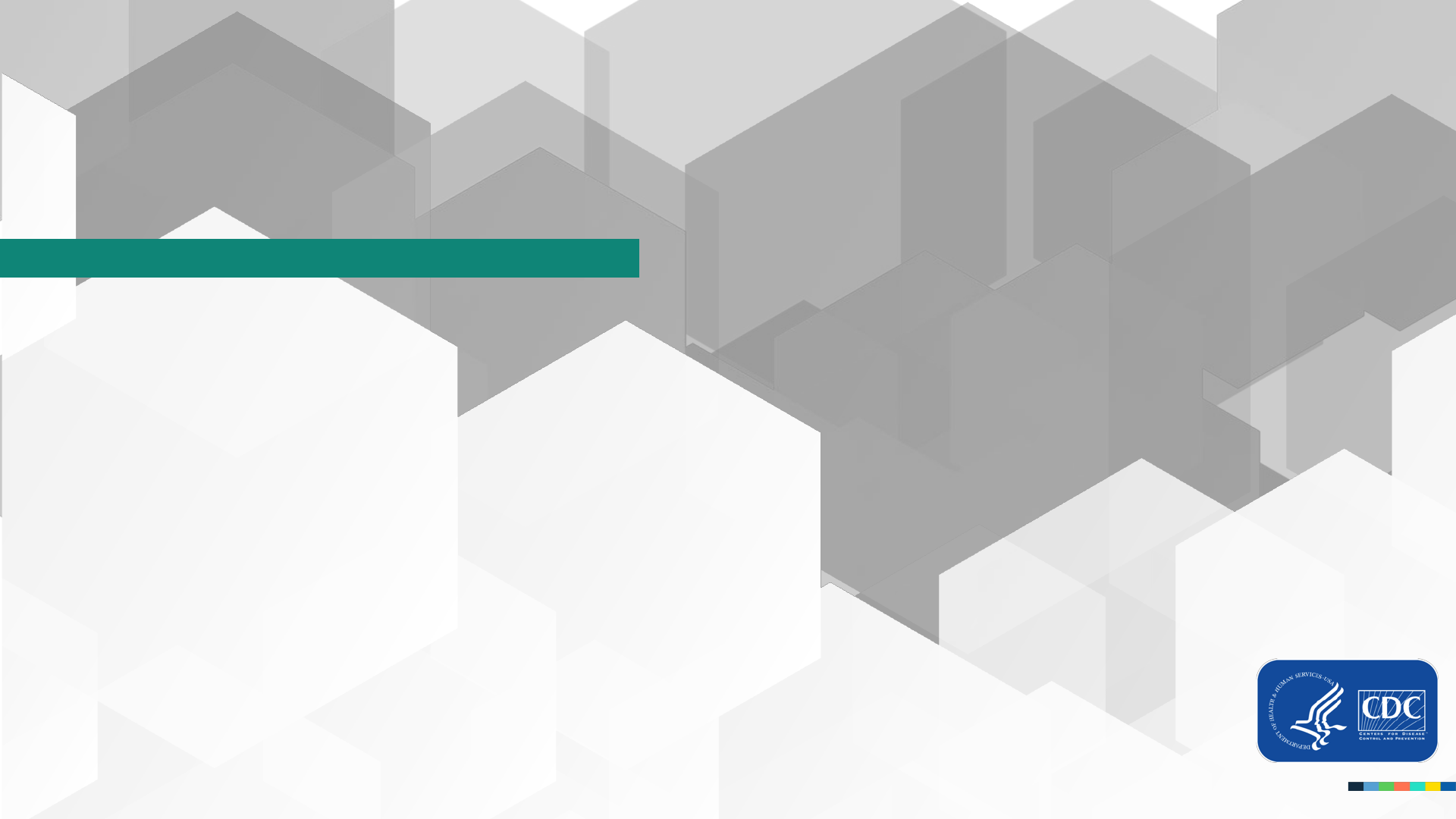
Centers for Disease Control and Prevention
National Center for Chronic Disease Prevention and Health Promotion
Prevalence and Incidence of End-Stage Kidney
Disease in the United States, 2000–2019
Adapted from: Burrows NR, Koyama A, Pavkov ME. Reported Cases of End-Stage Kidney Disease — United States,
2000–2019. MMWR Morb Mortal Wkly Rep 2022;71:412–415. DOI: http://dx.doi.org/10.15585/mmwr.mm7111a3
Alain Koyama
April 13, 2023
Division of Diabetes Translation

Background: End Stage Kidney Disease (ESKD)
• End-stage kidney disease (ESKD) (kidney failure requiring dialysis or
transplantation) is a costly and disabling condition that often results in
premature death.
• In 2019, Medicare fee-for-service expenditures for ESKD were $37.3 billion,
accounting for approximately 7% of Medicare-paid claims costs
• Diabetes and hypertension remain the leading causes of ESKD, accounting
for 47% and 29%, respectively, of patients who began ESKD treatment in
2019
• Well-documented disparities in prevention and treatment of diabetes,
hypertension, and ESKD
References: 2022 USRDS annual data report
2
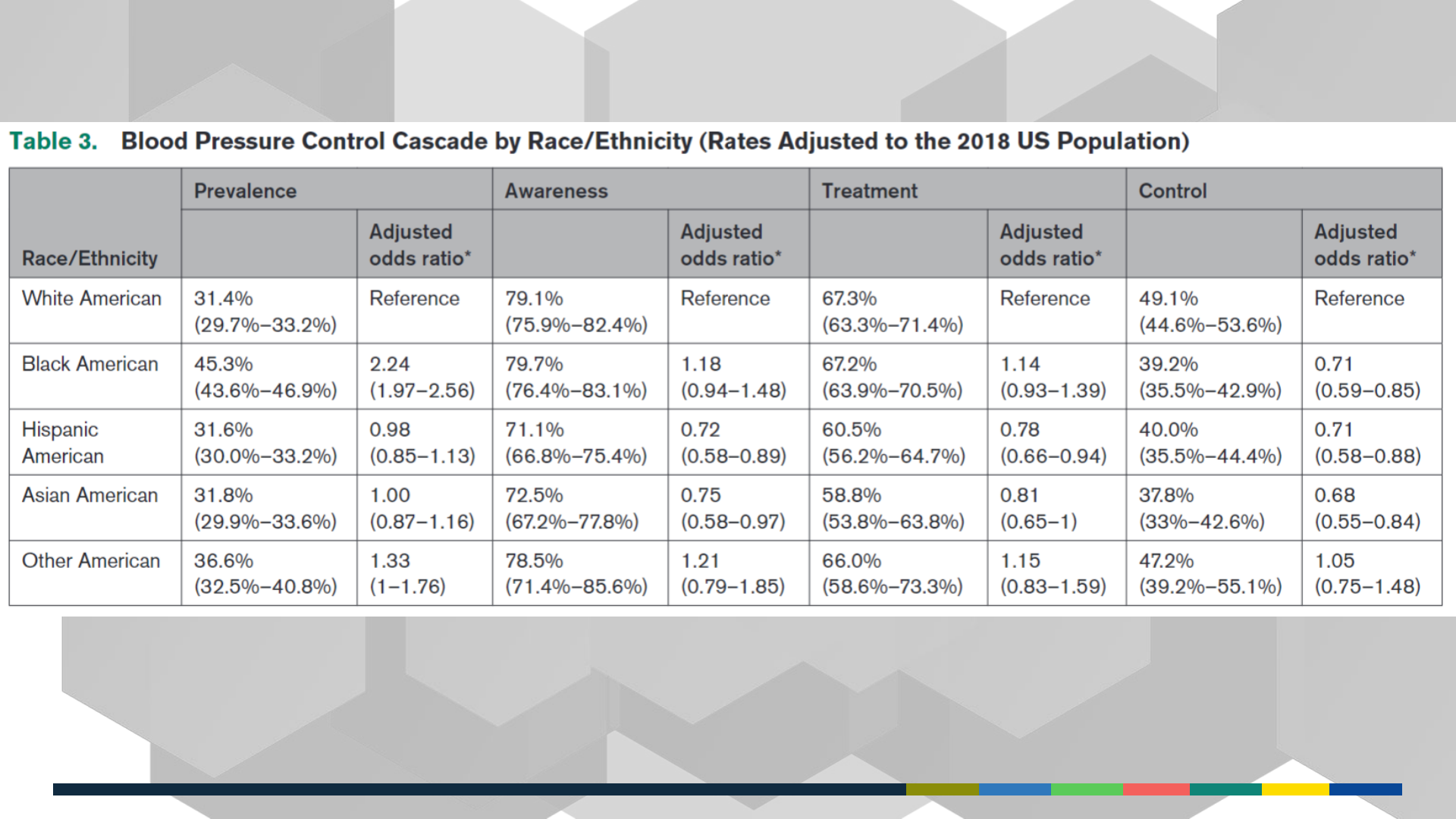
Background: Hypertension Disparities
From: Aggarwal 2021 (PMID:34365809)
3

Background: Diabetes Disparities
References: https://www.cdc.gov/diabetes/health-equity/diabetes-by-the-numbers.html
4
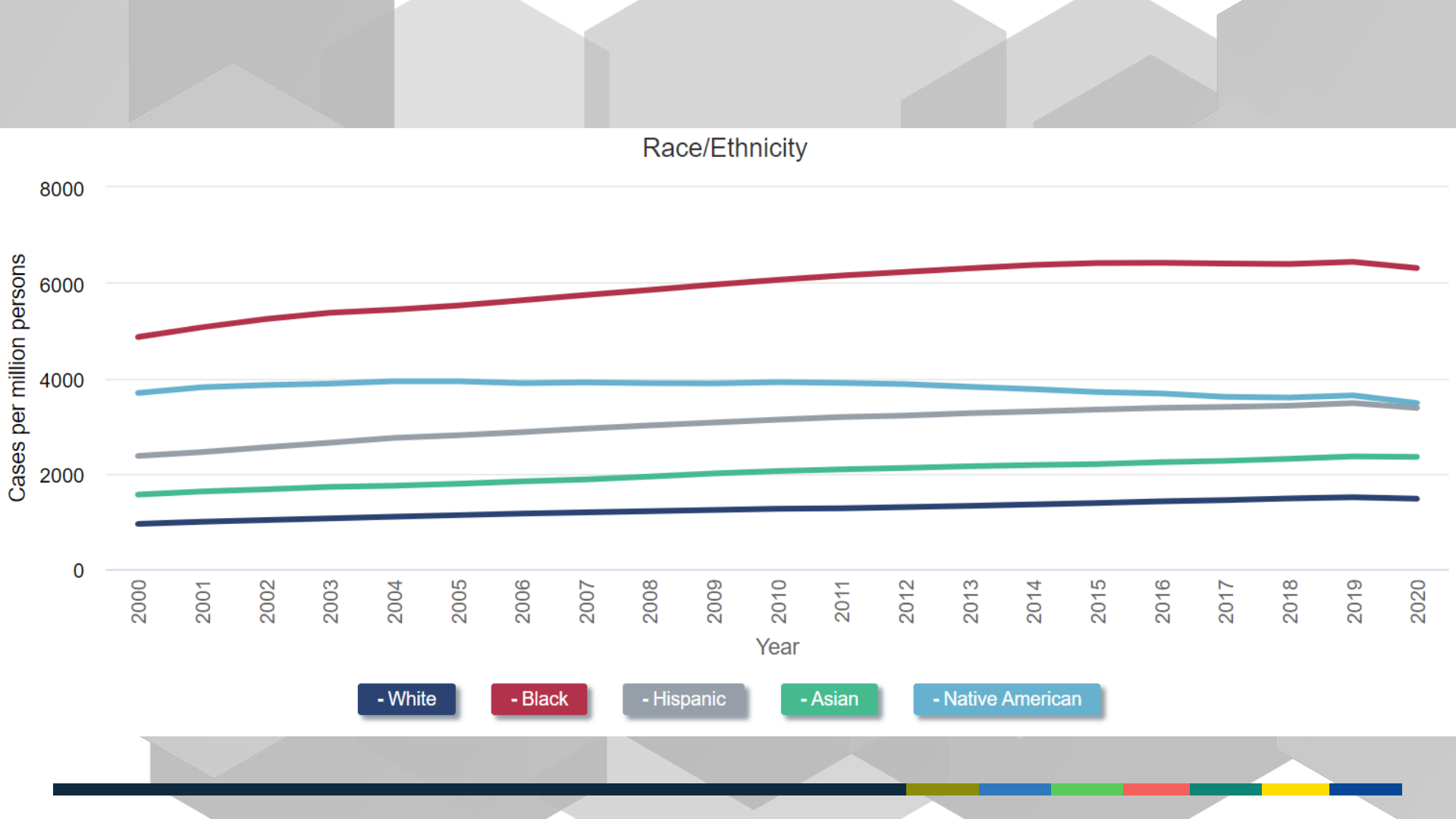
Background: ESKD Disparities
Age & sex adjusted prevalence of ESKD by race/ethnicity, 2000-2020
References: USRDS Annual Data Report 2022
5

Background: ESKD – Trends
• Since 2010, the prevalence of diagnosed diabetes has leveled off, and
incidence decreasing.
• Since 2006, ESKD incidence decreasing.
• Although these trends are important from a population perspective, the
trend in the number of ESKD cases is important from a health systems
resources perspective.
• Aim: To examine the number of incident and prevalent ESKD cases in the
United States each year during 2000–2019 by demographic characteristics
(age, sex, and race/ethnicity) and by primary cause (diabetes,
hypertension, or other cause).
References: 2022 USRDS annual data report, https://gis.cdc.gov/grasp/diabetes/diabetesatlas-surveillance.html
6

ESKD Prevalence and Incidence - Methods
• Data from the United States Renal Data System (USRDS) 2000–2019
• USRDS is the national data registry that collects, analyzes, and distributes
information on ESKD in the US population
• At onset of ESKD treatment, providers required to submit Centers for
Medicare & Medicaid Services (CMS) ESRD Medical Evidence Report form
(CMS 2728)
• Data includes sociodemographic characteristics, the date patients were first
treated for ESKD, and the primary cause of ESKD
• All ESKD patients, regardless of age or insurance status are reported
7
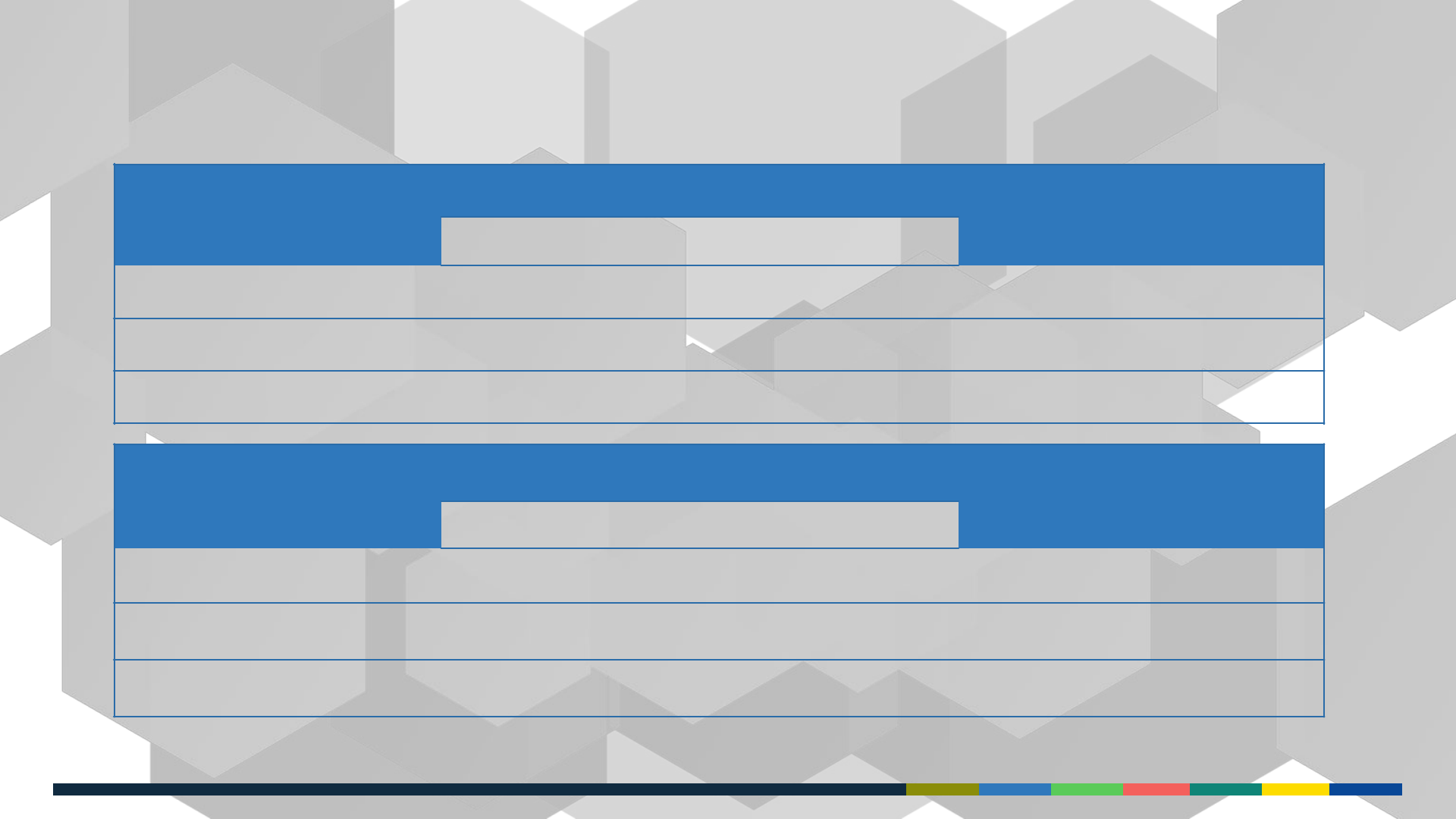
Number of incident and prevalent ESKD cases by primary
cause, 2000 and 2019
Incident cases
Reported number Percent change
(2019 vs 2000)
2000 2019
ESKD
92,660 131,422 41.8
ESKD-D 41,458 61,522 48.4
Non-ESKD-D 51,202 69,900 36.5
Prevalent cases
Reported number Percent change
(2019 vs 2000)
2000 2019
ESKD
358,247 783,594 118.7
ESKD-D 129,699 307,385 137.0
Non-ESKD-D 228,548 476,209 108.4
ESKD-D=ESKD with diabetes reported as primary cause.
8

Number of Reported Incident and Prevalent Cases of ESKD, by
Selected Characteristics — United States, 2000 and 2019
Characteristic
Incident cases Prevalent cases
2000 2019
Percentage
change
2000 2019
Percentage
change
No. (%) No. (%) No. (%) No. (%)
Total
92,660 (100.0)
131,422 (100.0)
41.8
358,247 (100.0)
783,594 (100.0)
118.7
Age group, years
<45 14,194 (15.3) 16,230 (12.3) 14.3 87,769 (24.5) 118,208 (15.1) 34.7
45–64 32,370 (34.9) 48,874 (37.2) 51.0 144,703 (40.4) 331,220 (42.3) 128.9
65–74 23,494 (25.4) 35,744 (27.2) 52.1 71,825 (20.0) 199,005 (25.4) 177.1
≥75 22,602 (24.4) 30,574 (23.3) 35.3 53,950 (15.1) 135,161 (17.2) 150.5
Sex
Men 49,500 (53.4) 76,631 (58.3) 54.8 195,216 (54.5) 456,821 (58.3) 134.0
Women 43,160 (46.6) 54,791 (41.7) 26.9 163,031 (45.5) 326,773 (41.7) 100.4
Race and Ethnicity
White 51,156 (55.2) 67,919 (51.7) 32.8 180,636 (50.4) 349,596 (44.7) 93.5
Black 25,917 (28.0) 33,700 (25.6) 30.0 116,376 (32.5) 234,399 (29.9) 101.4
Hispanic 11,297 (12.2) 20,790 (15.8) 84.0 42,129 (11.8) 140,961 (18.0) 234.6
Asian 2,507 (2.7) 6,256 (4.8) 149.5 11,839 (3.3) 41,393 (5.3) 249.6
American Indian or Alaska Native 1,041 (1.1) 1,299 (1.0) 24.8 4,538 (1.3) 7,949 (1.0) 75.2
Native Hawaiian or other Pacific
Islander
742 (0.8) 1,458 (1.1) 96.5 2,729 (0.8) 9,296 (1.2) 240.6
Primary cause
Diabetes 41,458 (44.7) 61,522 (46.8) 48.4 129,699 (36.2) 307,385 (39.2) 137.0
Hypertension 23,384 (25.2) 37,539 (28.6) 60.5 83,553 (23.3) 209,437 (26.7) 150.7
Other cause 27,818 (30.0) 32,361 (24.6) 16.3 144,995 (40.5) 266,772 (34.0) 84.0
9
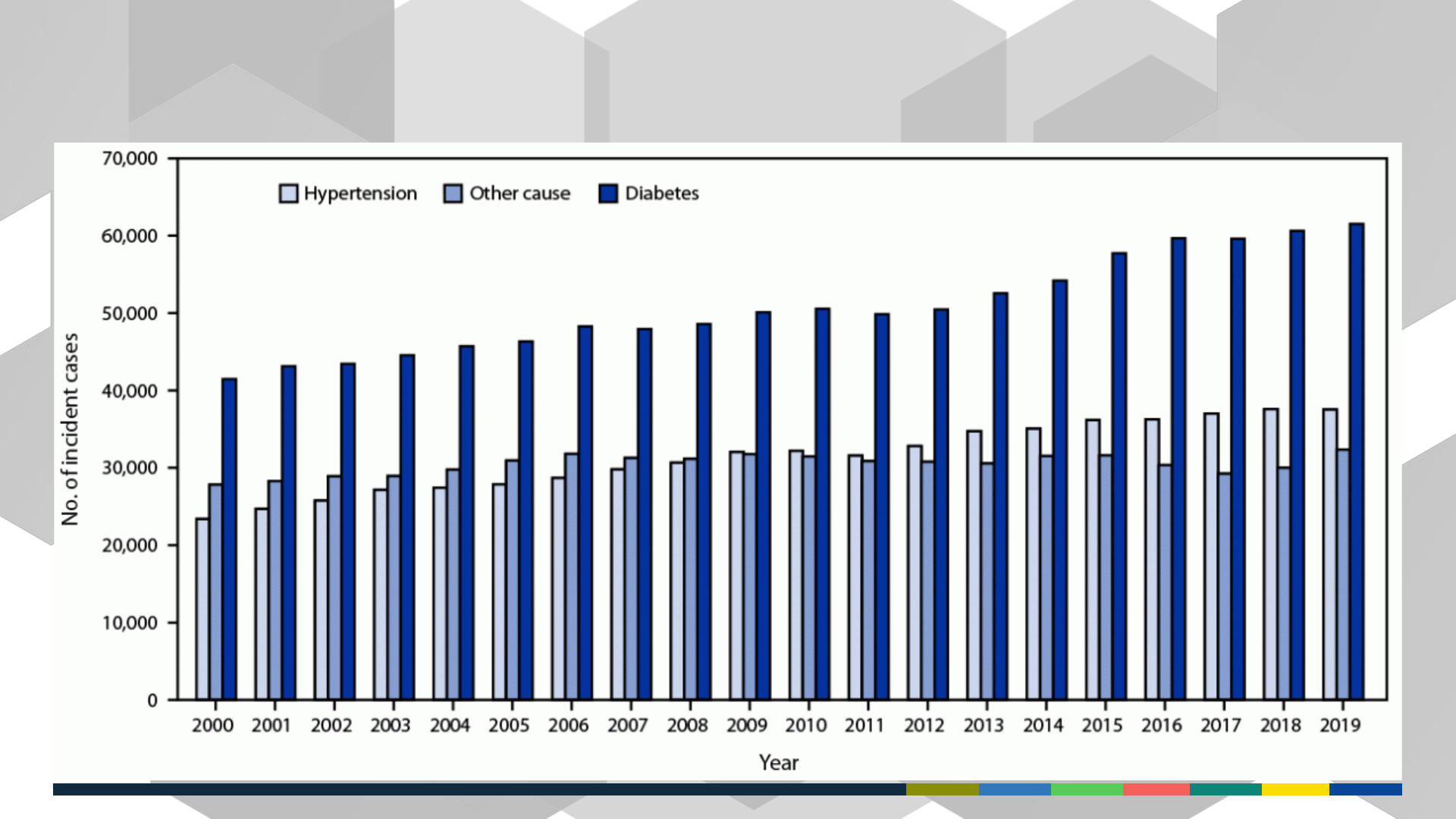
Number of Reported Incident Cases of ESKD, by Primary
Cause — United States, 2000–2019
10
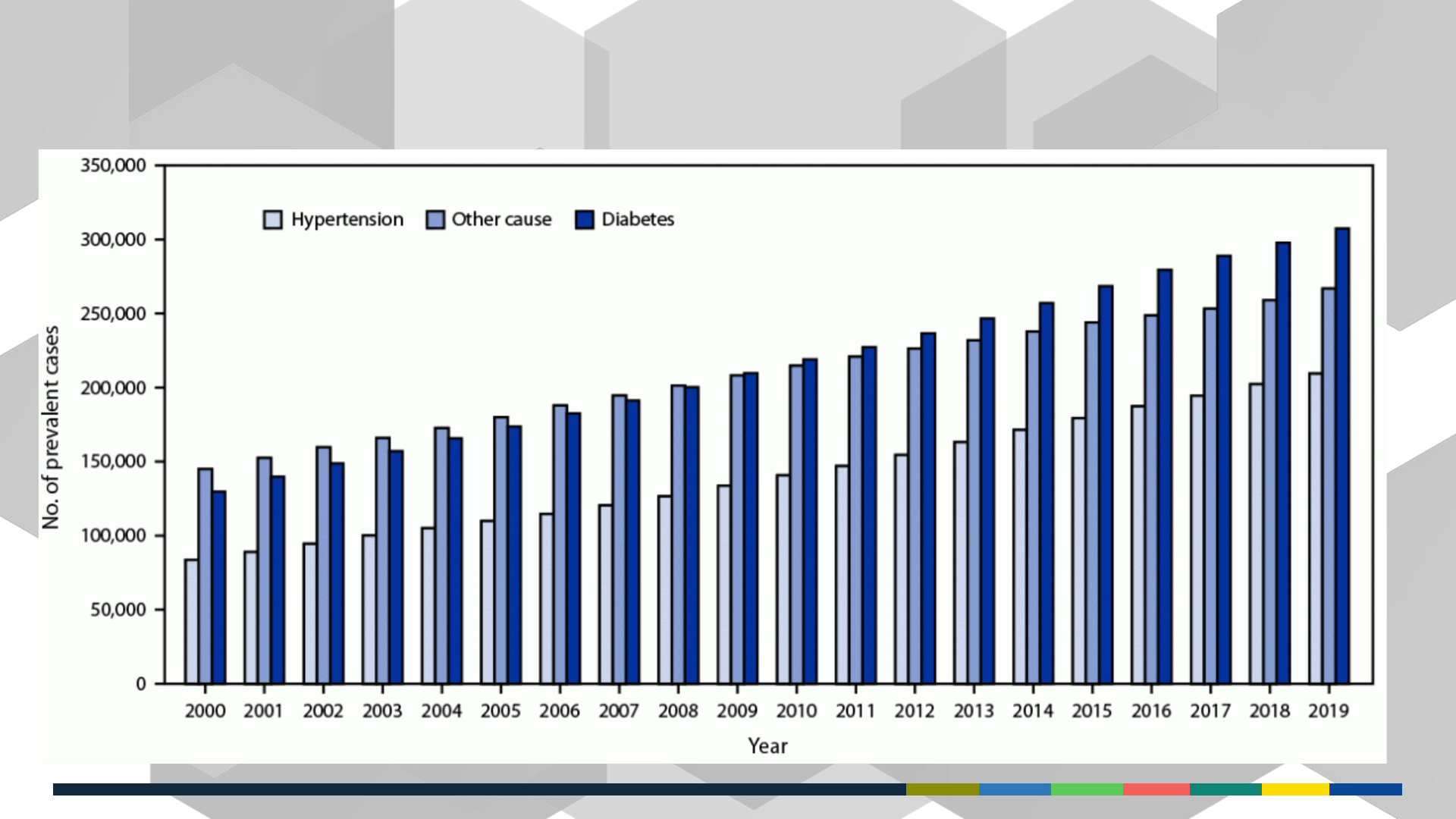
Number of Reported Prevalent Cases of ESKD, by Primary
Cause — United States, 2000–2019
11

ESKD Prevalence and Incidence - Limitations
• Data on ESKD treatment were based on reports to CMS – therefore, patients
whose treatment was not reported to CMS were not included
• Can include patients who died before receiving treatment, or who refused
treatment
• Primary cause of ESKD was obtained from the CMS Medical Evidence Report
from and based on a physician’s assessment of the patient
• Can be influenced by the physician’s awareness of a diabetes or hypertension
diagnosis and not reflect the true cause
• May be differential misclassification of race or ethnicity in the CMS Medical
Evidence Form could result in overcount or undercount of the actual number
of ESKD cases in racial- or ethnic-specific groups.
12

ESKD Prevalence and Incidence - Summary
• During 2000–2019, in the general U.S. population, the number of reported
incident ESKD cases increased 41.8%, and the number of prevalent cases
approximately doubled.
• Asian, Native Hawaiian or other Pacific Islander, Hispanic persons, and
persons with ESKD due to hypertension experienced the largest increase in
prevalent cases.
• The continued increase in the number of ESKD cases will increase strain on
the health care system and lead to higher costs.
• Effective management of diabetes and hypertension can help prevent ESKD
and decrease the number of incident cases, thus alleviating the burden on the
health care system and reducing costs.
13

ESKD Prevalence and Incidence – Future Directions
• Interventions to improve care and better manage ESKD risk factors among
persons with diabetes and hypertension
• Increased use of therapeutic agents such as angiotensin-converting enzyme
(ACE) inhibitors, angiotensin-receptor blockers (ARB), and sodium-glucose
cotransporter 2 (SGLT2) inhibitors shown to have kidney-protective benefits might
slow the increase and eventually reverse the trend in incident ESKD cases.
• Address disparities in prevention and treatment of ESKD as well as primary
causes of diabetes and hypertension.
14
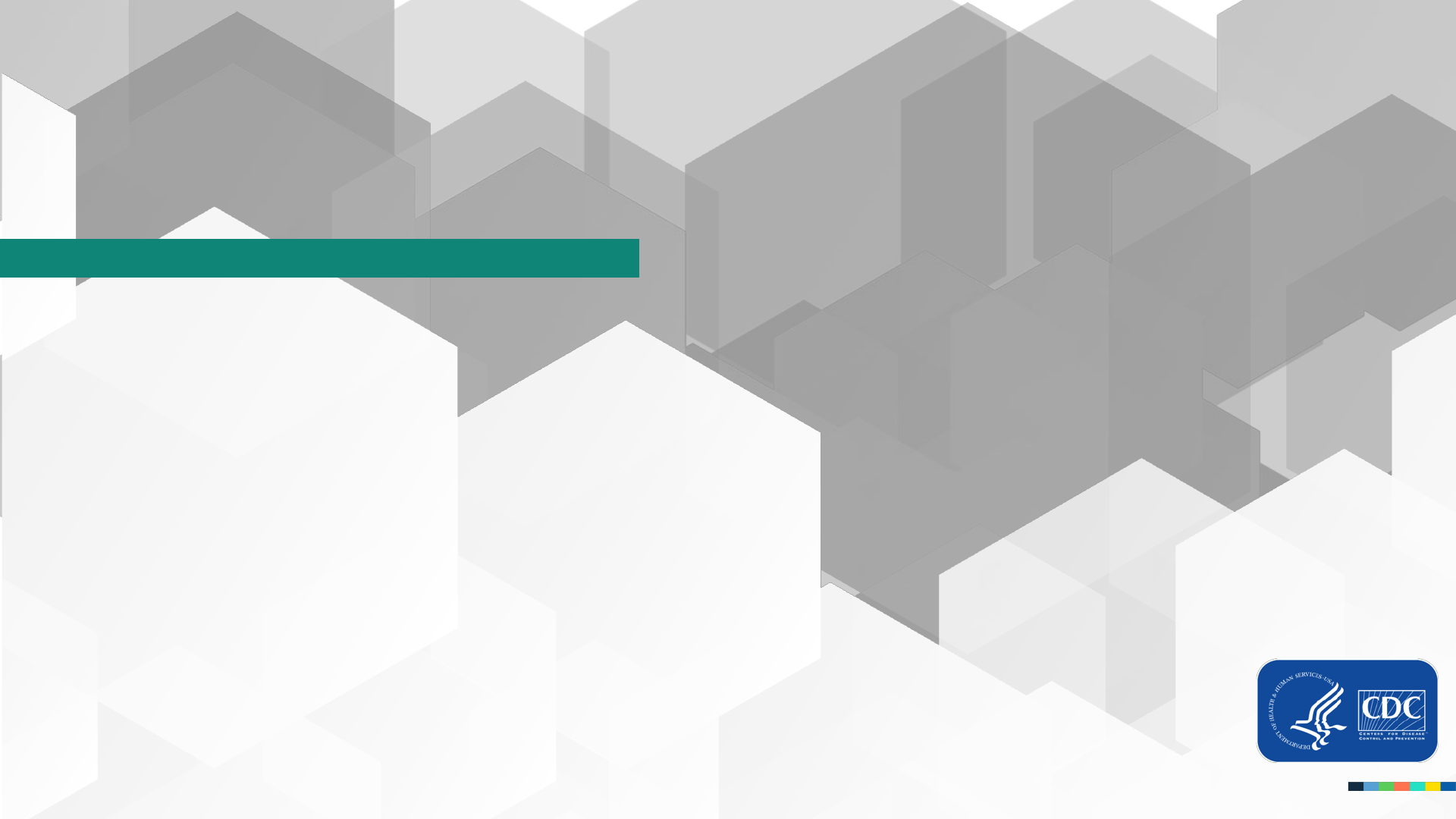
Centers for Disease Control and Prevention
National Center for Chronic Disease Prevention and Health Promotion
Thank You
Division of Diabetes Translation
